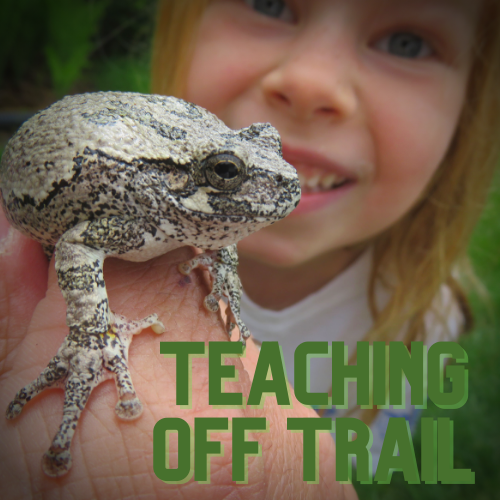Day 136
Many forests in the United States have been decimated by invasive species. I could go into a lengthy discussion about one of my least favorite invaders, the dreaded garlic mustard. I could discuss how this plant is easy to spot and easier to spread. I could tell how it wreaks havoc on the forest ecosystem by not only competing for needs in the short term, but changing the chemistry of the soil for years to come. I could describe how it is a huge threat to the native plants that our animals depend on. Luckily, when we looked at our wooded areas, we didn't find much of it at all. Similarly, I could go off on buckthorn. We did find polenta of that, but it became a secondary source of disdain.
A different threat had already come and gone.
One major threat to the wooded areas of the Midwest is the Emerald Ash Borer. This invasive beetle bores into the bark of ash trees, damaging it enough that the tree dies. This beetle has ravaged this tree and its impacts are clear. Very few ash trees remain. Go to any high vantage point in the summer and in the sea of green leaves, you will find large swatches of barren, dead trees. These were once vibrant collections of ash trees, Now, they are dead stands.
Our backyard has plenty of these dead remnants of a once more thriving forest.
Though separated by an agricultural ditch, there is evidence that a solid portion of the backyard was once dominated by ash trees. Now, many of them have fallen on their own but I look forward to helping the others come down with more assistance.
Now that the tree's leaf cover is no longer present, sunlight has made it to the forest floor much easier. This has allowed the invasive reed canary grass to thrive. The scattering of fallen trees makes it troublesome to treat the land. If we can clear some of them out, we can better attack the grass. We can also cut trees down in a specific way to promote wildlife interactions. We can also use logs for various purposes around the farm.
Timber!
